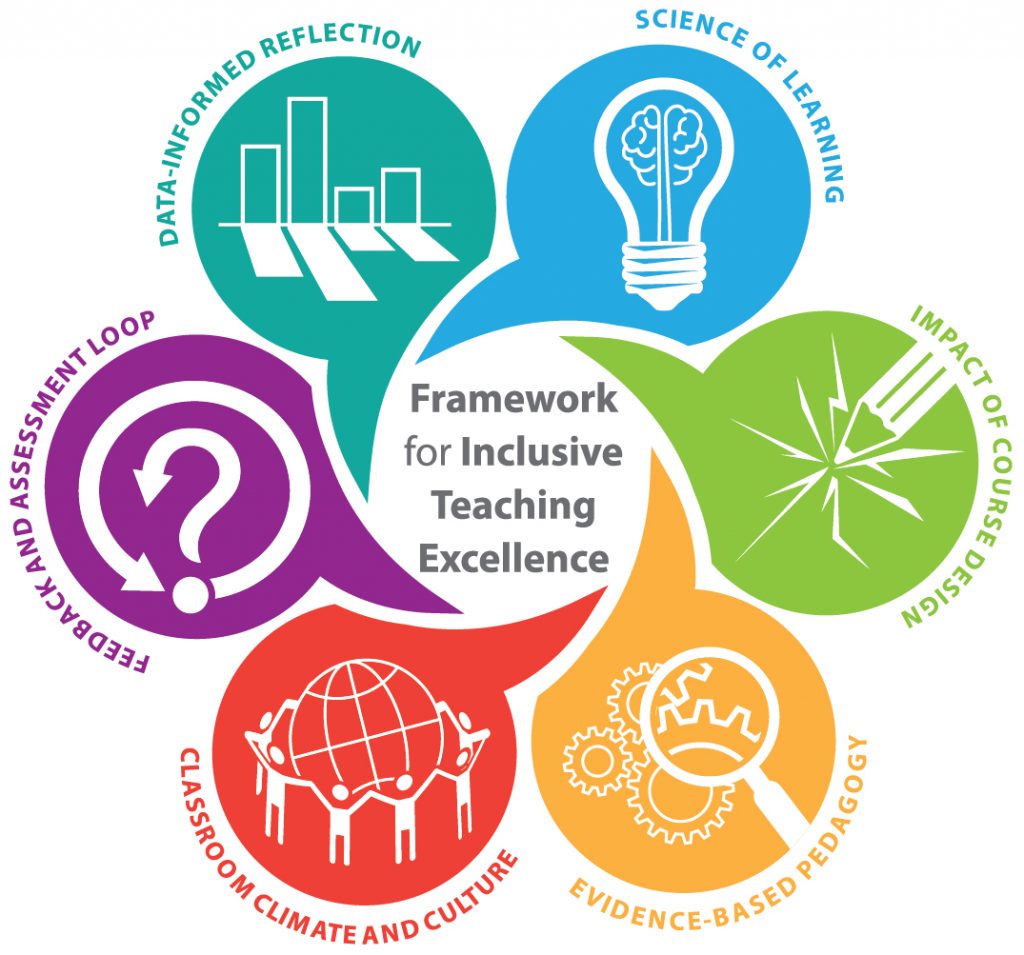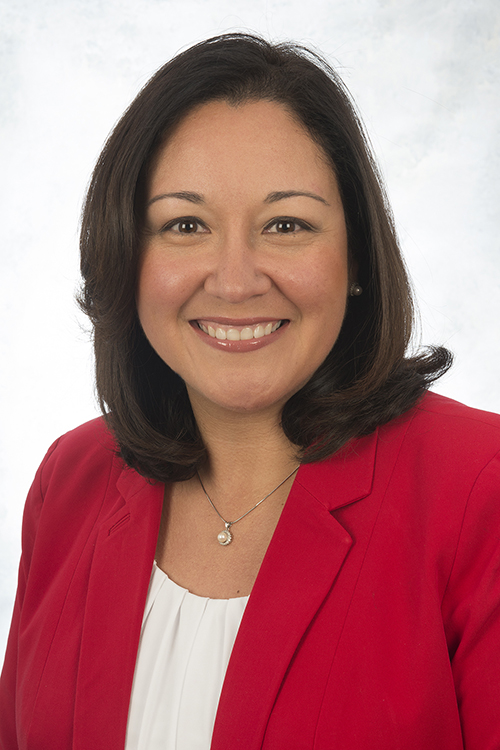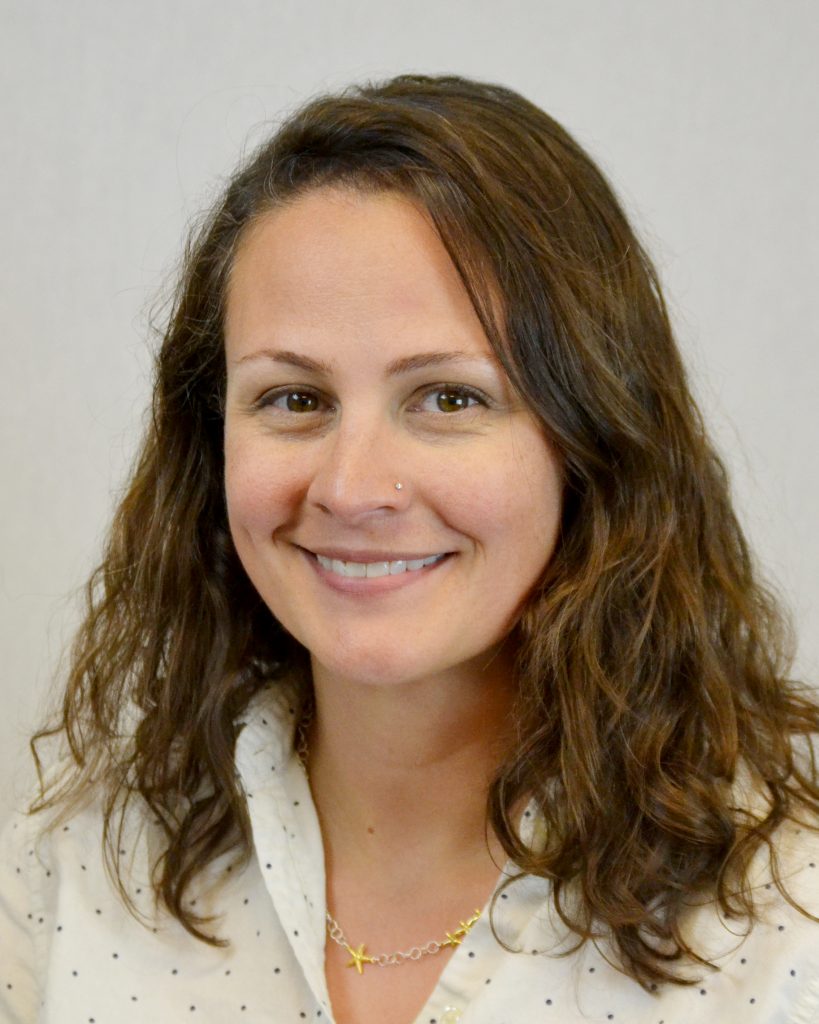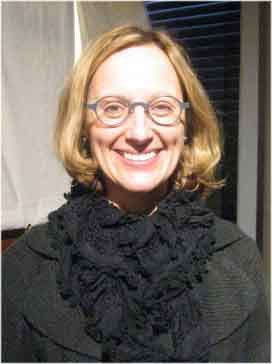Illinois State University is offering guidance for faculty professional development that includes diversity, equity, and inclusion across learning environments.
The Framework for Inclusive Teaching Excellence (FITE) is the result of a nearly year-long effort from campus-wide collaborators to create professional development tailored to Illinois State faculty.
“We wanted to create a common language we could all use when talking about teaching and thinking about evidence-based, inclusive teaching practices,” said Assistant Vice President for Academic Administration Yojanna Cuenca-Carlino, who is leading the work for the Office of the Provost. “Diversity, equity, and inclusion should be happening every day in the classroom, and the framework helps faculty members think about how we can be intentional in our teaching.”
The framework emerged from analysis of data collected by the Professional Development Task Force (PDTF), including focus groups and surveys of faculty and students. The task force analyzed responses from more than 1,000 students and over 35 percent of Illinois State faculty. Cuenca-Carlino said input from students offered insights about their experiences in the classroom, how they felt engaged in learning, and barriers they faced as students. “Students indicated they want to be challenged by their instructors, but they also want to feel supported and feel faculty care about their well-being. They want to be seen as a whole person—their potential, their challenges, their goals,” Cuenca-Carlino said.
FITE also pulled from students’ responses about appreciating effective communication in the classroom and helping students connect and apply learning to their future careers or lives. “Analyzing the faculty and students’ data was eye opening because we learned so much about the needs of the students on a larger scale,” said Lumi Hartle, a faculty member in the College of Education. Hartle served as a member of the PDTF, which included faculty and staff from all colleges as well as input from Student Affairs representatives.
Cuenca-Carlino noted that themes emerged from the data sources to form the core of FITE. “Each dimension is intended to encourage faculty members to actively think about the needs of students and the classroom environment using up-to-date studies in the field,” she said. “The framework maps the vision for faculty professional development at the University,” she said.
The framework includes six dimensions:
- The Science of Learning: Understanding how students learn and engage in the classroom.
- The Impact of Course Design: Designing accessible and equity-minded courses relevant to students that encourage critical thinking.
- Evidence-based Pedagogy: Using evidence-informed teaching practices found to be effective with diverse groups of learners that help students integrate key concepts into life contexts.
- Classroom Climate and Culture: Working to promote a positive environment and understanding how it impacts learning.
- Feedback and Assessment Loop: Employing a variety of assessments to understand students’ individual and collective learning and needs and using student and peer feedback to improve teaching and learning in the classroom.
- Data-informed Reflection: Reflecting on teaching practices using a variety of data sources, awareness of identity, reflection on biases, positionality, and privilege, and maintaining an awareness of students’ collective and individual needs.
The goal of FITE is to help faculty develop instruction methods that truly reach today’s students. “A hundred years ago, students were predominantly male, white, cis-gendered, and middle- or upper-class,” said PDTF collaborator Rebekka Darner, director of Center for Mathematics, Science and Technology (CeMaST). “Back then, it was relatively easy for professors to get to know their students, because they matched them in nearly every demographic descriptor, which meant it was also relatively easy for students to see the relevance in the material being taught. Now our student body is more diverse and large class sizes renders some students invisible. We can’t expect the methods that were once effective to continue to be so.” She added that FITE will assist instructors in teaching under a new context. “These initiatives are being developed to provide easy on-ramps to support faculty as they implement evidence-based teaching.”
FITE is designed as a guide for professional development plans across campus. The Center for Teaching, Learning, and Technology (CTLT) will begin implementing FITE as a foundation for all programming beginning with the Summer Institute. “It’s a form of a signature pedagogy for our institution, defining our values and priorities,” said Dr. Jennifer Friberg, the Cross Endowed Chair for SoTL and incoming interim director for CTLT. “We will be working closely with faculty, staff, and students to integrate evidence-informed pedagogies into their course design and delivery.”
Along with CTLT, CeMaST, and SoTL, other collaborators include University Assessment Services, and the directors of the Office of Student Research and the Center for Community Engagement and Service Learning. “Within the FITE framework, we can see how student research aligns with other issues on campus,” said Director of the Office of Student Research Gina Hunter, who plans to use FITE as a guide for a Summer Institute workshop through CTLT on course-based undergraduate research as a high-impact practice for student engagement.
Task force and faculty member Gavin Weiser said FITE will open doors. “We can create learning opportunities for members of our community to begin to be more intentional about supporting students who feel overlooked and unheard,” he said.
Colleges will also begin to develop their own faculty professional development plans this summer based on FITE and support from collaborators. “We are doing everything with student success and student retention in mind,” Cuenca-Carlino said. “Faculty success supports student success, which in turn supports institutional success.”






